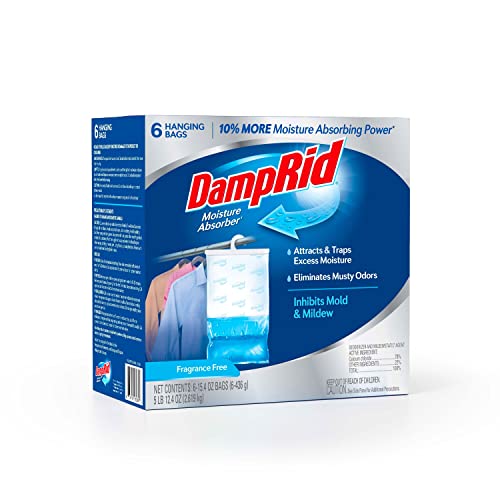Here are some tips for removing mildew or mold from a wet sleeping bag:
- Assess the damage: If the mildew or mold is extensive, it may be best to replace the sleeping bag.
- Hand-wash the sleeping bag: Do not machine wash or dry clean the sleeping bag, as both ways can damage it. Instead, hand-wash it in the bathtub with warm water and soap.
- Use vinegar: Spritz mold stains with full-strength white vinegar to kill the mold spores and deodorize the fabric. You can also sponge the sleeping bag with rubbing alcohol or hydrogen peroxide for spot-cleaning it with laundry detergent.
- Use lemon juice: Mix 1/4 cup of lemon juice with 1/4 cup of table salt and apply the mixture to the moldy areas of the sleeping bag. Let it sit for several hours before brushing it off with an old toothbrush.
- Use vanilla extract: Moisten two cotton balls with one to two drops of vanilla extract each. Place one cotton ball inside the foot of the sleeping bag and the other one inside the center area. Leave the cotton balls inside the sleeping bag for a minimum of three hours to deodorize any remaining mold smell.
- Air out the sleeping bag: Unzip the sleeping bag to allow air to circulate inside and deodorize the fabric. Lay your sleeping bag in a sunny location for three to five hours to kill mildew spores still living on the fibers.
- Use an antimicrobial spray: Once the moisture has been dried up, clean and spray the area with an antimicrobial treatment to prevent mold from returning.
Remember, mildew and mold can be a serious problem for military sleeping bag systems, as they can reduce their insulation properties and make them less effective at keeping you warm. By taking steps to remove mildew or mold from your sleeping bag, you can help ensure that it provides the insulation you need to stay comfortable in harsh conditions.
Thesandshore.com is a source where the post How To Remove Mildew or Mold from Sleeping Bag appeared first.
01.01.2024 14:45










